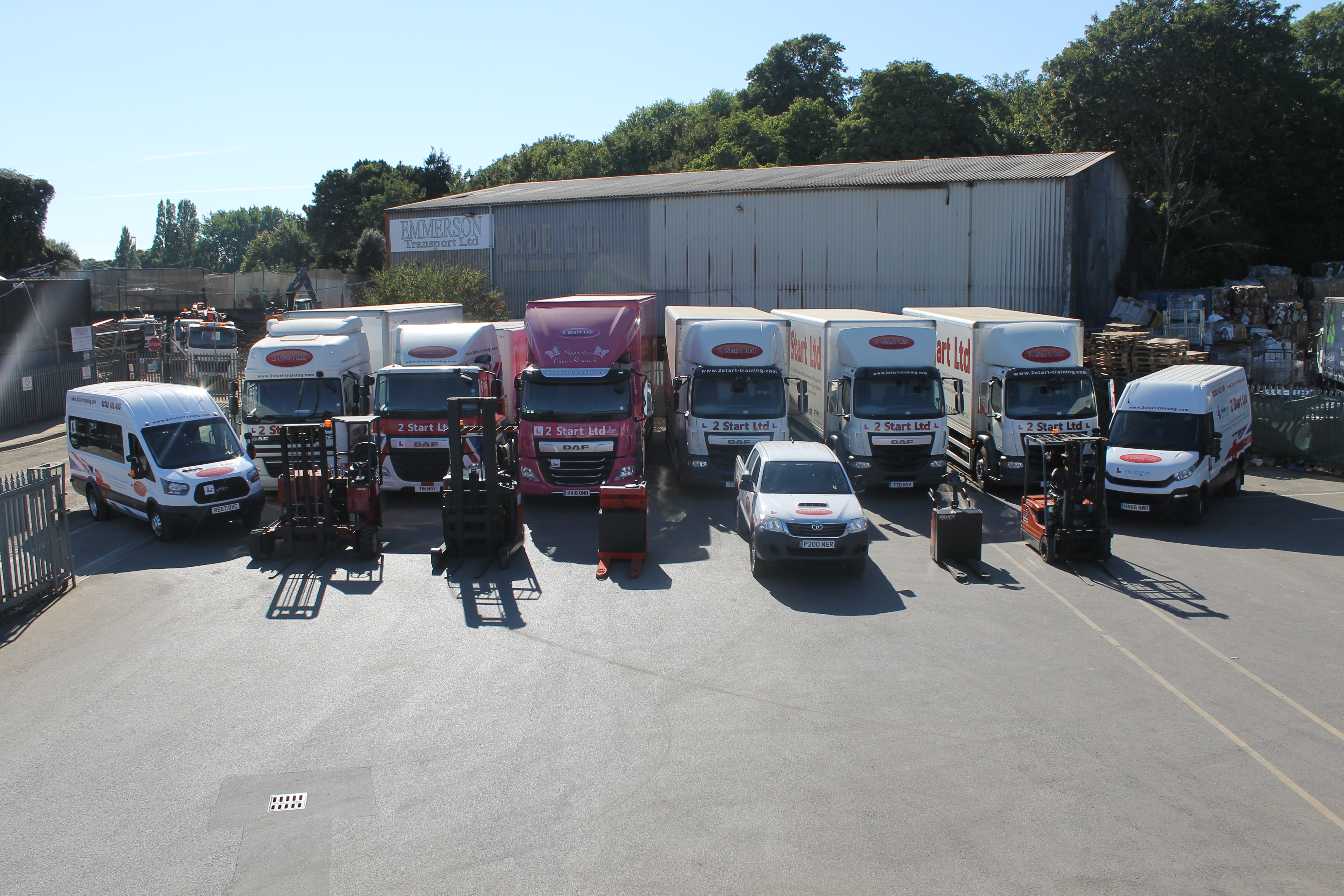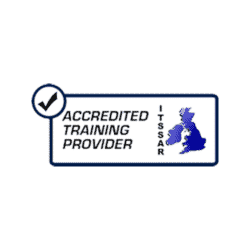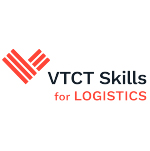What is the Transport & Warehouse Operations Supervisor Apprenticeship?
This course is suited to employees working in the Transport, Logistics & Warehousing
sectors. This could include, but is not limited to, individuals working for hauliers, storage
and warehouse operators, couriers, retailers and utilities. The course covers managing the
day-to-day operations involved in supply chain management, ensuring activity, personnel and/or vehicles meet customer expectations and regulatory requirements
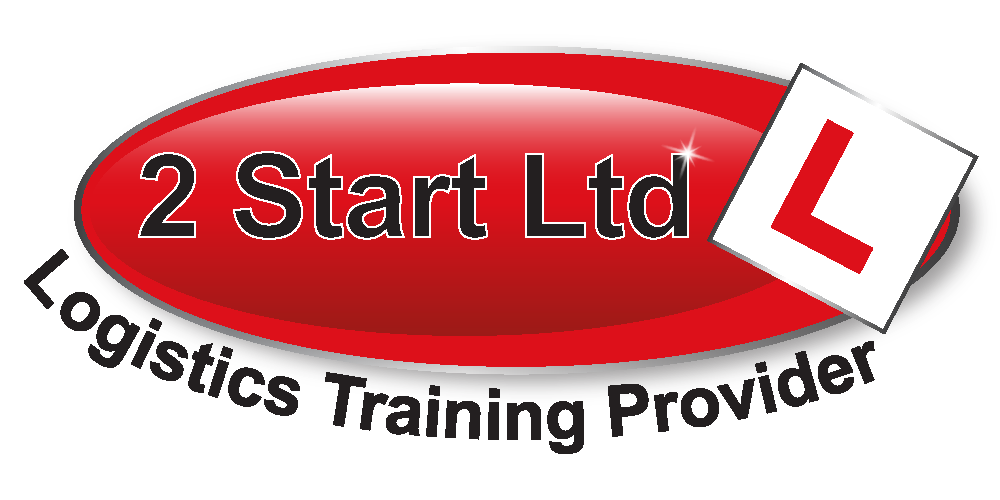
Download Our Apprenticeship Brochure Today
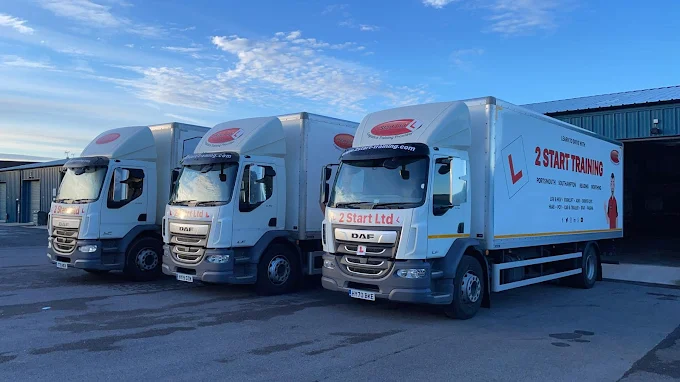
What’s received?
- Access to online E-folio
- Access to bespoke learning for functional skills (if applicable)
- Access to bespoke online courses
- Completion of all driver training and licence acquisition
- Completion of eight bespoke CPD modules
- Completion of the sixteen apprenticeship modules
- It’s a block release course (student comes to us when needed, not day release)
- Option to add bolt-on courses for a reduced cost.
Ofsted Report
We are proud to be rated ‘Good’ by Ofsted, which means our apprenticeship training has been independently recognised for its quality, effectiveness, and learner support. For employers, this provides reassurance that your apprentices will receive structured, high-quality training that meets national standards and delivers real results in the workplace.

How does the apprenticeship work?
For employers, apprenticeships are a highly cost-effective way to train staff, with training costs covered by up to 100% government funding. They aren’t just for school leavers, anyone aged 16 or over is eligible, with no upper age limit. This means you can use apprenticeships not only to recruit and train new team members but also to upskill or retrain existing employees.
The Urban Driver Apprenticeship runs for a minimum of eight months. During this time, apprentices need around six hours per week for off-the-job training. This can be scheduled flexibly to fit around busy trading periods. Off-the-job training includes completing e-learning modules, shadowing, and undertaking the required learning activities to achieve the qualification.
Each apprentice will have access to their own online apprenticeship platform, where all training resources are uploaded and progress is tracked. As an employer, you’ll also have access to this system, allowing you to monitor their development week by week.
To get started or find out more, all you need to do as the employer is book a free discovery call with our apprenticeship manager, Nicky.
Arrange Your Discovery CallWhat will it cost you as an employer?
If your business is a levy-paying employer (meaning your annual payroll is over £3 million, so you already pay into the government’s Apprenticeship Levy), then the apprenticeship training is fully funded for you.
If your business is not levy-paying (most smaller and medium employers fall into this category), you only pay 5% of the total course cost, and the government funds the remaining 95%. For this course, the contribution is £250.00
How much time/ commitment is required?
An apprenticeship typically requires around six hours per week of off-the-job training, though this is flexible and can include activities such as e-learning, shadowing colleagues, or practical tasks related to the role.
The full programme usually lasts around 8 months; however, the training is designed to fit around the needs of the business, ensuring apprentices can continue contributing to their role while developing new skills.
Is it only available for school leavers?
No, apprenticeships aren’t just for young people finishing school. They are open to anyone aged 16 and over, with no upper age limit. This means they can be used not only to recruit and train new staff, but also to upskill or retrain existing employees, and even support career changers who want to gain recognised qualifications while working.
For employers, this makes apprenticeships a flexible and cost-effective way to build skills across the workforce.
Key learnings
Skills
- Ensure vehicle, driver and load documentation is available for the journey and meets legal requirements.
- Allocate and monitor work and set objectives including continual professional development (CPD), for transport/ warehouse team members.
- Identify skill and knowledge gaps in own performance and team performance in relation to transport/ warehouse operations.
- Identify skill and knowledge gaps in own performance and team performance in relation to transport/ warehouse operations.
- Complete performance development reviews (PDR)/ staff appraisals for transport/warehouse team members.
- Plan training to meet the requirements of the business and the team members including where required, Driver Certificate of Professional Competence and Material/Mechanical Handling Equipment requirements.
- Achieve KPI’s and targets set for the transport/ warehouse team and individuals within the transport/ warehouse team.
- Carry out disciplinary and manage grievances as per organisational guidelines.
- Lead team and departmental communications and meetings.
- Schedule journeys: planning route, timings, costs and resources. Calculating driver hours/ use of tacho graphs and selecting the appropriate vehicle and ancillary equipment for the load being moved.
- Oversee and review fuel costs and deal with issues when they occur.
- Ensure the vehicle is safe and legally loaded and vehicle is marked and labelled compliantly in line with regulations regarding the carriage of dangerous goods.
- Carry out risk assessments appropriate to work environment in accordance with the Health and Safety Executive.
Knowledge
- Recruitment and selection process and practice including working with in-house and external resourcing teams.
- How to review staff performance including appraisals, performance development reviews (PDR), work allocation, skill gaps and training for transport/ warehouse team members.
- Factors that affect workplace efficiency and how these can be managed.
- Organisational and individual KPIs and strategies for meeting these.
- People management policies complaint with ACAS. For example disciplinary and grievance processes.
- Organisational procedures for delivering customer service, managing customer accounts, information and quotations.
- Legislation governing operating licensing and understanding how the Operator Compliance Risk Score system works and how Driver and Vehicle Standards Agency (DVSA) applies it to operators.
- Rules and best practice guidance for sector specific operations e.g. International Carriage of Dangerous Goods by Road ( (ADR), Dangerous Goods Safety Advisor (DGSA), Livestock, Perishable items, Ministry of Defence (MOD).
- The application of Health and Safety regulations in transport and warehousing operations.
- Road traffic incident procedures and offences both UK and International including documentation, information at the scene and duty to provide insurance details.
- Environmental impact of transport and warehousing operations i.e. telematics, clear air zones compliance, recycling.
- IT systems and tools used to manage transport and warehouse operations.
Behaviours
- Demonstrate the organisations values to promote and enhance brand reputation.
- Demonstrate ownership and responsibility for their own safety and that of others.
- Take ownership for your own performance and training committing to self-improvement. Keeping up to date with industry developments.
- Positive attitude and approach to their work even when priorities and working patterns change.
- Use own initiative when needed to ensure that employer needs and expectations are met.
- Treat team, customers and other stakeholders with respect.
- Approachable and open to change.
- Professional approach – constructively manage difficult situations with colleagues, always striving to achieve the best outcome for the organisation and wider team.
- Treat equipment and technology responsibly and with respect.
Course delivery
Apprentices follow a personalised learning plan tailored to their organisation and role.
Supported by an experienced development coach, they undertake a range of ‘blended learning’ activities that can usually be completed in the workplace.
All apprentices need to demonstrate that they have achieved a level 1 and are working towards a level 2 in English and maths before they can proceed to end-point assessment.
Those who have not will be supported by their development coach to meet the minimum requirements. A British Sign Language (BSL) qualification is an alternative to the English qualification for those whose primary language is BSL.
Blended learning activities could include:
- Facilitated workshops
- E-learning
- 1-2-1 coaching
- Self-directed learning
- Collaborative learning
- Research
- Industry visits
- Work shadowing
- Mentoring
- Assignments
Types of training
- Off-the-job (20%)
- ‘Off-the-job’ training is delivered by 2 Start Ltd during your apprentice’s normal working hours.
- On-the-job (80%)
- ‘On-the-job’ training is delivered by the employer during your apprentice’s normal working hours.
